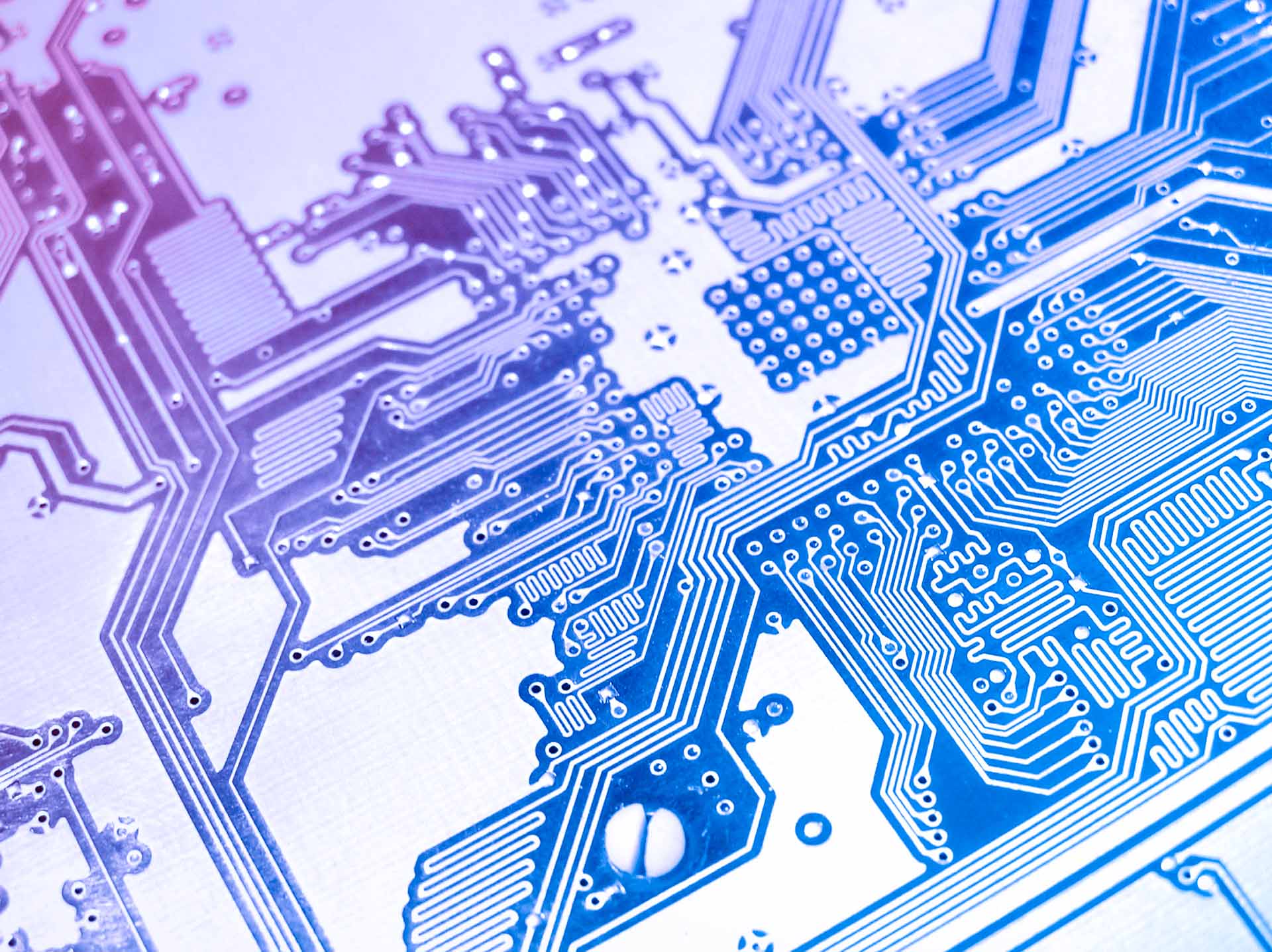Renesas Electronics has shattered expectations by releasing its new RA8P1 MCU family, pushing Cortex-M microcontrollers past the 1 GHz barrier for the first time. This breakthrough marks a pivotal evolution in embedded AI and edge computing, empowering devices to run advanced machine learning models while keeping power consumption impressively low.

The RA8P1 is built around a potent combo:
- A 1GHz Arm Cortex-M85 core that powers heavy AI workloads
- A 250MHz Cortex-M33 core for secure and real-time control tasks
Together, they clock 7,300+ CoreMarks, making the RA8P1 the fastest Cortex-M MCU to date. The architecture supports dynamic workload partitioning, allowing developers to efficiently assign tasks across both cores.
To unlock true AI at the edge, Renesas integrates the Arm Ethos-U55 NPU, enabling:
- 256 GOPS of AI throughput at 500MHz
- Support for models like MobileNet, ResNet, and TinyYOLO
- Up to 35× faster inference than CPU-only approaches
Combined with MRAM and SRAM, the MCU can handle full AI pipelines—input preprocessing, neural inference, and output postprocessing—without offloading to external systems.
Designed for sensory-rich applications, the RA8P1 includes:
- 16-bit CEU and MIPI CSI-2 camera interfaces supporting 5MP resolution
- I2S/PDM audio support for voice recognition tasks
- Advanced memory options for real-time access and inference
These features make it perfect for smart surveillance, interactive voice systems, and industrial robotics.
Manufactured using TSMC’s 22ULL process, the chip balances performance with low power draw. Additional highlights:
- Embedded security hardware for trust and safety
- Developer-ready with Flexible Software Package (FSP) and e2Studio IDE
- Integrated with RUHMI, Renesas’ end-to-end AI deployment toolkit
Renesas’ RA8P1 series sets a new benchmark in microcontroller evolution. By crossing the 1GHz threshold with built-in AI acceleration, it empowers developers to build smarter, faster, and more efficient edge devices across industries. secures Navitas’ production roadmap but also sets the stage for next-generation power electronics that are faster, smaller, and greener.
Share to your social below!
